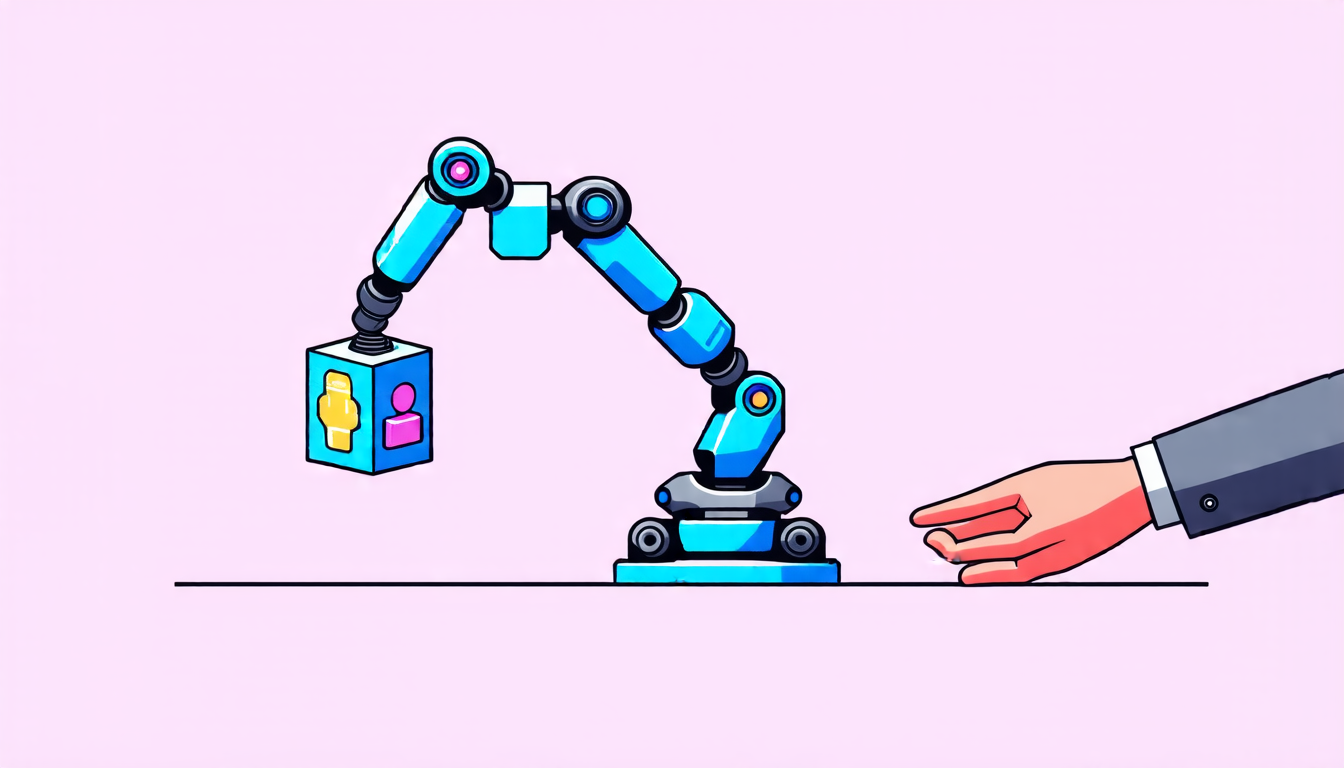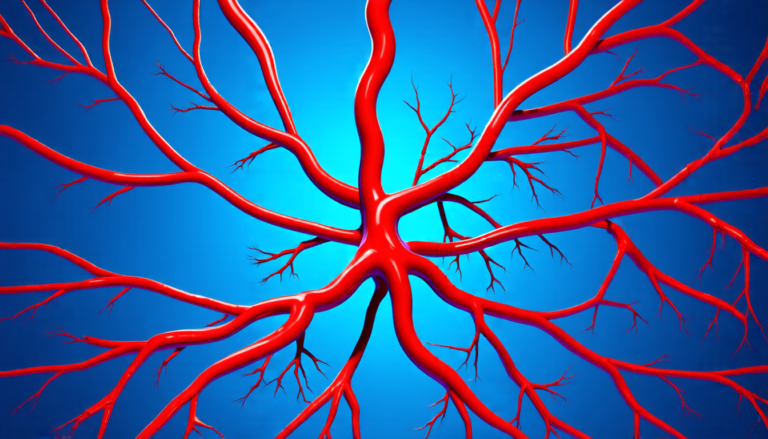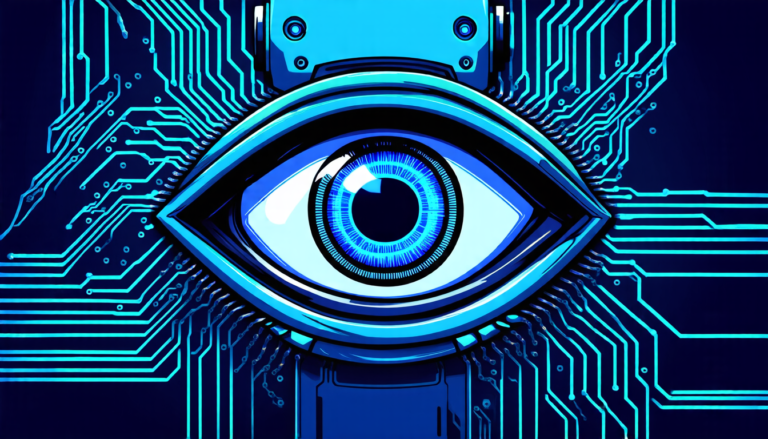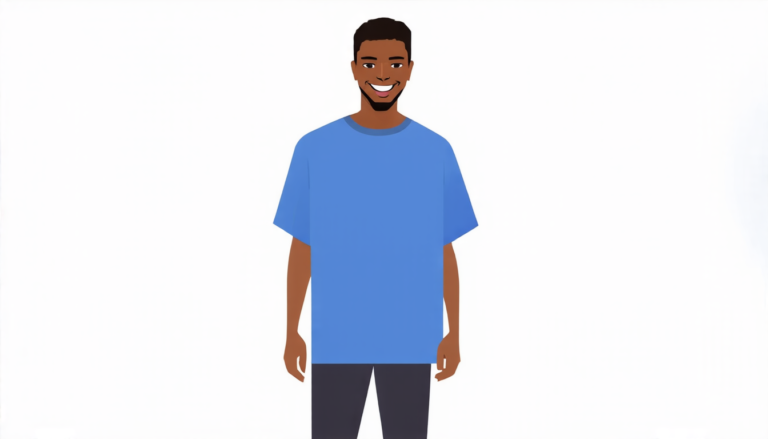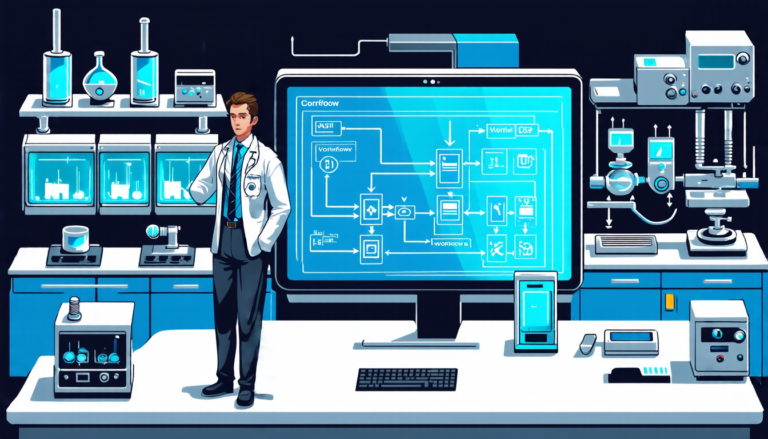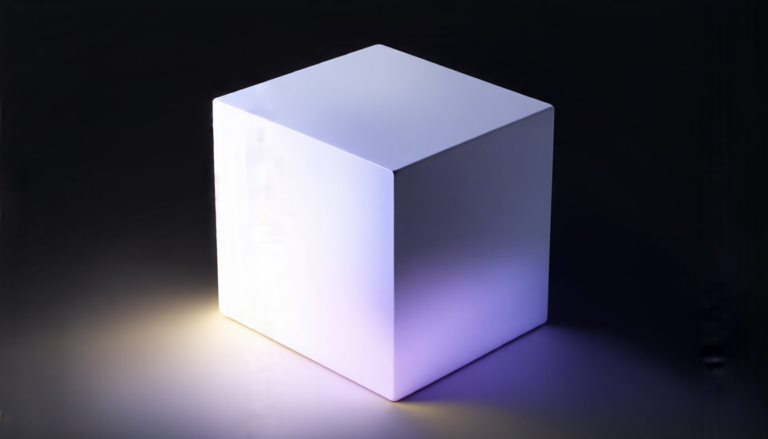Monday 21 July 2025
Researchers have made significant progress in developing a new method for teaching robots to perform complex tasks, such as manipulating objects and tools. The technique, called Goal-Based Self-Adaptive Generative Adversarial Imitation Learning (Goal-SAGAIL), allows robots to learn from suboptimal demonstrations, which are often difficult or impossible to achieve with traditional methods.
The challenge of teaching robots to perform complex tasks is that they need to be able to understand and replicate the actions of a human demonstrator. However, humans can only demonstrate certain tasks, such as manipulating objects, for a limited amount of time before getting tired or frustrated. Additionally, human demonstrators may not always provide accurate or consistent demonstrations, which can make it difficult for robots to learn from them.
Goal-SAGAIL addresses these challenges by using a combination of machine learning and imitation learning techniques. The method starts by collecting a set of suboptimal demonstrations from a human demonstrator. These demonstrations are then used to train a robot to perform the same task, but with the goal of improving upon the original demonstration.
The key innovation of Goal-SAGAIL is its ability to adaptively select new expert trajectories for more challenging and previously unseen goals. This is achieved by using a self- adaptive mechanism that evaluates the difficulty of each trajectory and selects the most promising ones for training. This approach allows the robot to learn from a diverse range of demonstrations, including those that are not optimal or consistent.
The method has been tested on several robotic manipulation tasks, including fetching objects from a table and rotating an egg-shaped object within a hand. The results show that Goal-SAGAIL is able to significantly improve upon traditional methods, even when the human demonstrator provides suboptimal demonstrations.
One of the most impressive aspects of Goal-SAGAIL is its ability to learn from limited or noisy data. In one experiment, the method was tested on a robotic arm that had to manipulate a block to achieve a specific goal. The demonstration provided by the human teacher was only partially successful, and the robot had to learn to correct for errors and adapt to changing circumstances. Despite these challenges, Goal-SAGAIL was able to successfully teach the robot to perform the task.
The potential applications of Goal-SAGAIL are vast. It could be used to train robots to perform complex tasks in a variety of settings, from manufacturing and healthcare to search and rescue operations.
Cite this article: “Teaching Robots Complex Tasks with Goal-Based Self-Adaptive Generative Adversarial Imitation Learning”, The Science Archive, 2025.
Robotics, Machine Learning, Imitation Learning, Generative Adversarial Networks, Self-Adaptive Mechanism, Complex Tasks, Manipulation, Object Handling, Goal-Based Training, Adaptive Learning

